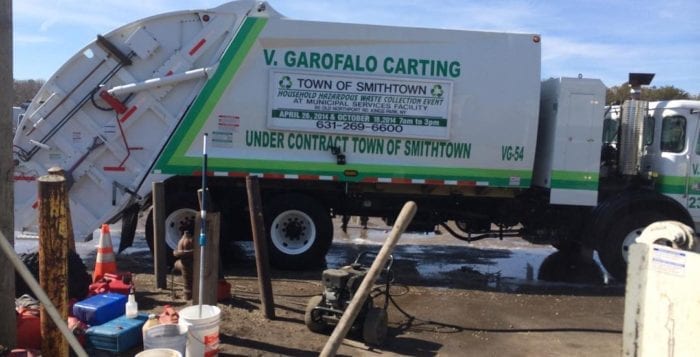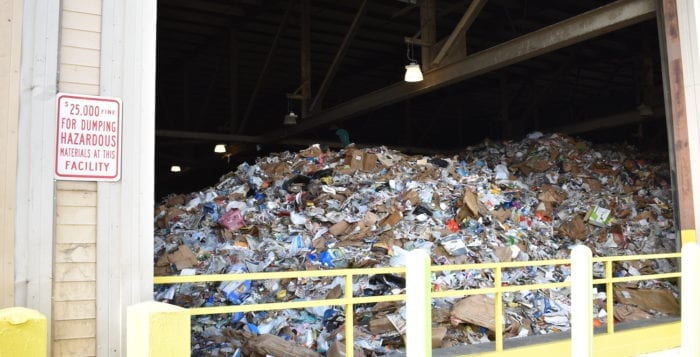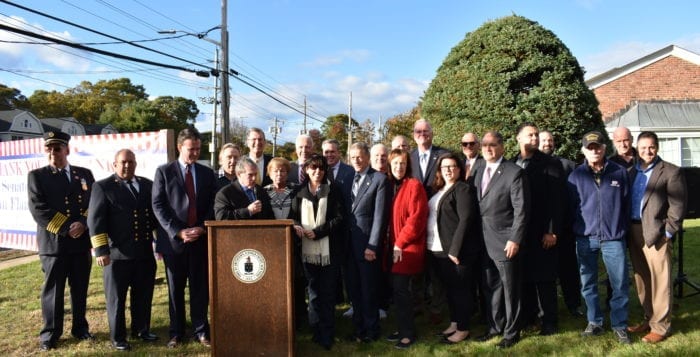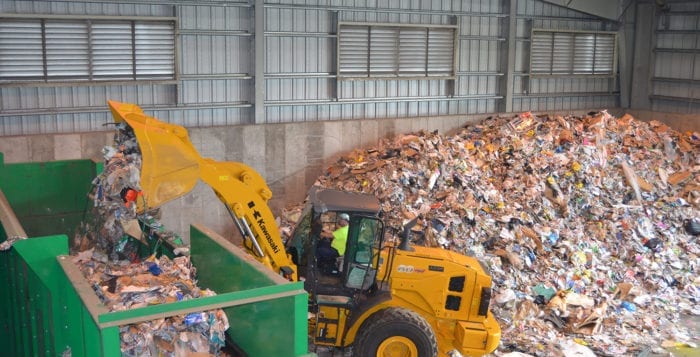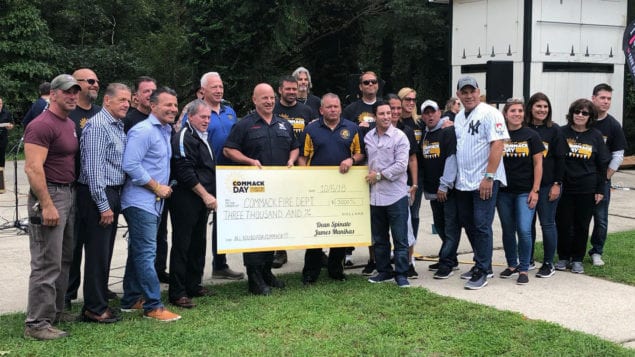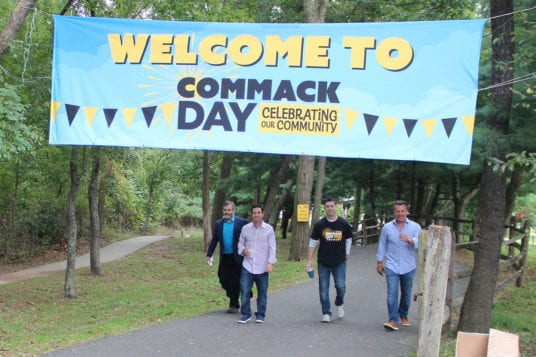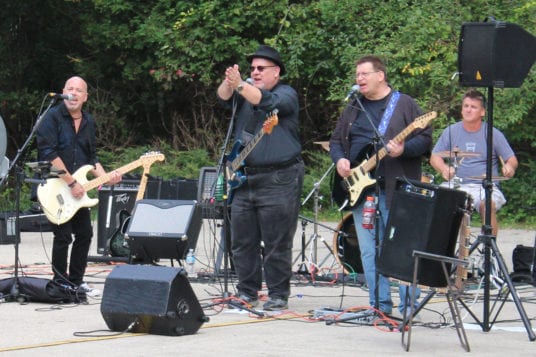A Syosset nonprofit and a Stony Brook University department are teaming up to open up a public dialogue pertaining to one of Long Island and America’s oldest societal problems.
ERASE Racism, a regional organization founded in 2001 that advocates for public policy to promote racial equality in housing, education and more, and SBU’s Center for the Study of Inequalities, Social Justice, and Policy, a department founded in 2017 that provides a forum for the promotion of various forms of student and faculty engagement on the same issues, will co-host the first of a series of forums meant to jump start a community conversation on racial inequality.
The series of forums, entitled How Do We Build a Just Long Island? will kick off at the Hilton Garden Inn on the SBU campus Nov. 29 at 6 p.m.
“This whole thing is premised on the fact that everybody can educate themselves,” ERASE Racism President Elaine Gross said in an interview. “It’s not about anyone calling anyone a racist. It’s not a blame and shame kind of thing. Let’s make sure we have all the facts, let’s make sure we understand the context.”
Gross said so far about 400 people have registered to attend the event. She said from the organization’s inception its goal has been to identify institutional and structural racism and seek to educate the public about the history that has led to places like Long Island being so racially segregated today.
“It is embedded — it doesn’t require that all of the players be racist people, or bad people, it only requires that people go along with the business as usual,” she said.
Christopher Sellers, SBU history professor and director of the center, said part of the thinking behind the forums is to frame the conversation in a way for people not exposed to racial inequality or injustice on a daily basis to see barriers and exclusions they may not have viewed as such. He said the goal is to ultimately expand the discussion from the confines of the campus and into the community. He called Long Island the perfect place to begin this dialogue.
“Demographic change causes people to get more defensive and fall back on these racializing tool kits they may have picked up from their own past,” he said, adding that data suggests Long Island has become more racially diverse during recent decades, specifically seeing an increase in those of Hispanic descent.
Sellers said he feels a sense of urgency to begin a wide discussion on racial intolerance despite the perception from many that in the decades since the civil rights movement society has made sufficient progress in creating a just America for all. In “Hate Crime Statistics, 2017” released Nov. 13, the FBI reported a 17 percent increase in incidents identified as hate crimes from 2016 to 2017, with nearly 60 percent of those incidents being motivated by racial or ethnic bias. From 2015 to 2016 there was a roughly 5 percent increase in these incidents. From 2014 to 2015, hate crimes went up by about 7 percent.
“We need as a university to do something, we as academics can no longer sit on our hands,” Sellers said. “This is maybe a more urgent matter than we’ve considered before.”
Gross said the aim of the events is education.
“We didn’t plan to be doing this at a time when the country is so divided and there’s so much overtly biased comments, racist comments being said at the highest levels,” Gross said. “We planned this because we felt that even though with all of the work that we’ve done, we felt that was really needed was a regional public discussion and understanding of how things are connected.”
To register for the event and to get more information on the remainder of the forums — slated for Riverhead, Hempstead, Melville and Hauppauge — visit www.eraseracismny.org.


